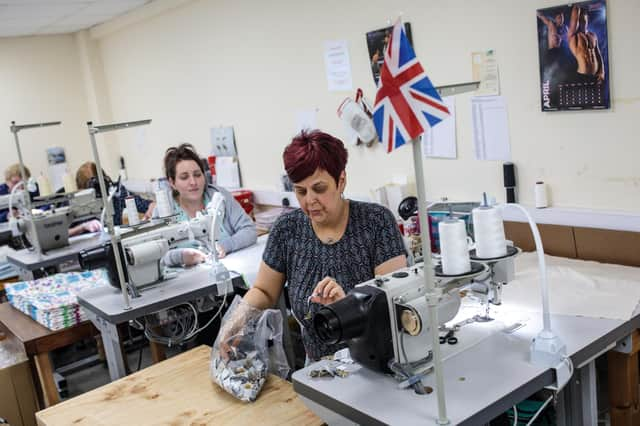Here's what the law says about your working rights as Derbyshire braces itself for a heatwave


The met office is warning the heat will climb to as high as 32c on Monday in Chesterfield, with extreme heat warnings issued on Tuesday with expected temperatures of 35c.
That heat is expected to be the same in Matlock, Ripley and Ilkeston, though Buxton is expected to be a touch cooler, with 29c and 32c temperatures for Monday and Tuesday.
Advertisement
Hide AdAdvertisement
Hide AdTemperatures are then expected to drop by three degrees on Wednesday and become more bearable.
It makes it all very uncomfortable to be working in the office in your suit or baking away somewhere in a shop or factory that doesn’t have air conditioning.
But how high does the temperature need to go before it becomes too hot to work?
During working hours the temperature in all indoor workplaces must be reasonable, but there’s no law for minimum or maximum working temperatures.
Advertisement
Hide AdAdvertisement
Hide AdHowever, guidance suggests a minimum of 16ºC or 13ºC if employees are doing physical work.
There’s no guidance for a maximum temperature limit.
However, employers must stick to health and safety at work law, including:
keeping the temperature at a comfortable level, providing clean and fresh air
Employees should talk to their employer if the workplace temperature isn’t comfortable.
Advertisement
Hide AdAdvertisement
Hide AdThe Heath and Safety Executive has previously issued a number of guidelines when it comes to working environment.
They have said that, during working hours, the temperature in all indoor workplaces must be reasonable.
However, there is no maximum temperature given due to high temperatures of working in some places, for example a glass works or foundry.
While 'reasonable' is rather ambiguous, the law does say that an employer must act if a 'significant number of employees are complaining about thermal discomfort'.
Advertisement
Hide AdAdvertisement
Hide AdIf this is the case then your employer should carry out a risk assessment. There are six basic factors an employee should look at including air temperature, radiant temperature (ie, the temperature radiating from warm objects), air velocity, humidity, and what clothing or insulation workers are expected to wear.
A HSE spokesperson said: "As an employer you should be aware of these risks and make sure the underlying reasons for these unsafe behaviours are understood and actively discouraged and/or prevented. "The more physical work we do, the more heat we produce.
The more heat we produce, the more heat needs to be lost so we don’t overheat. The impact of metabolic rate on thermal comfort is critical."
